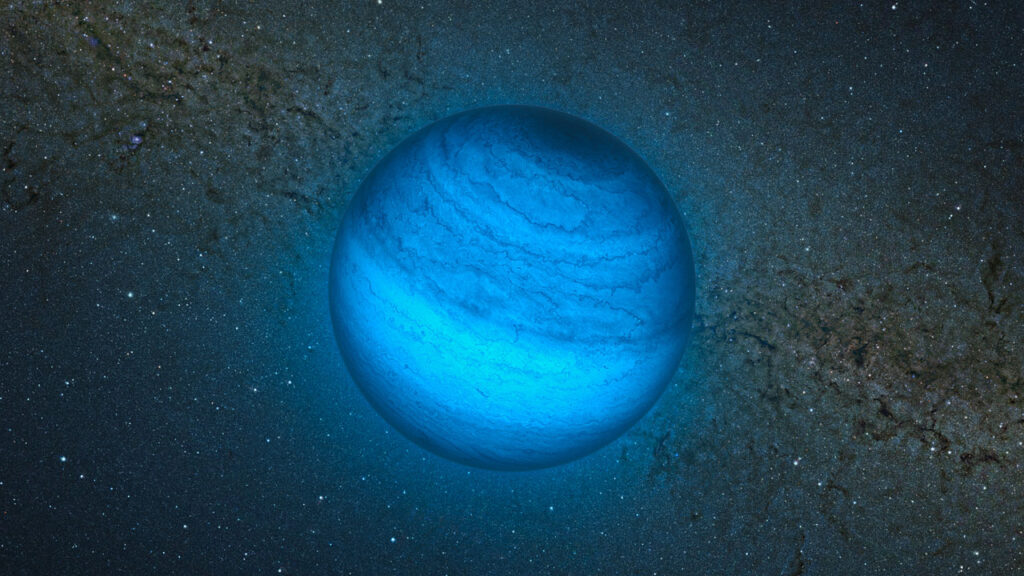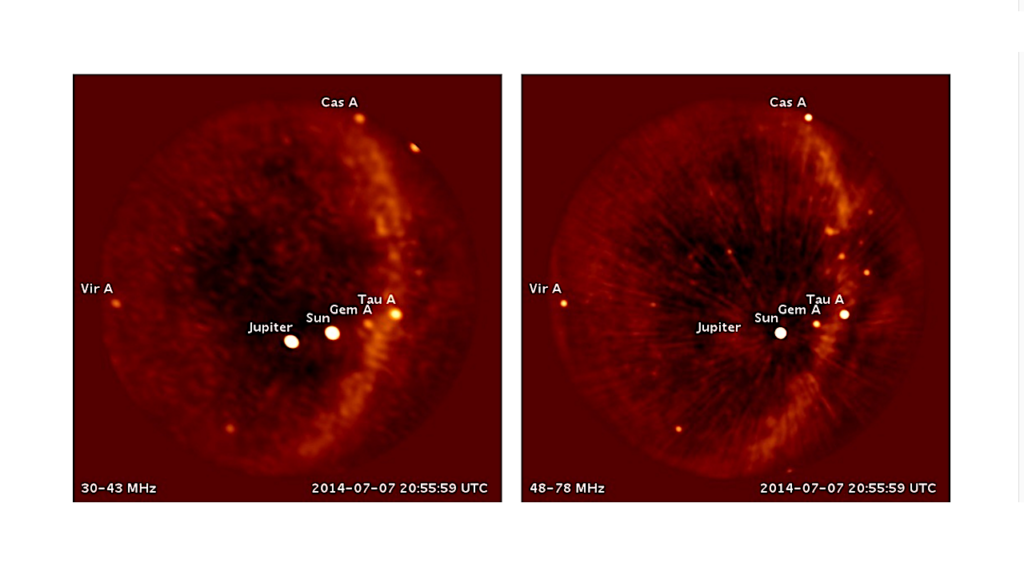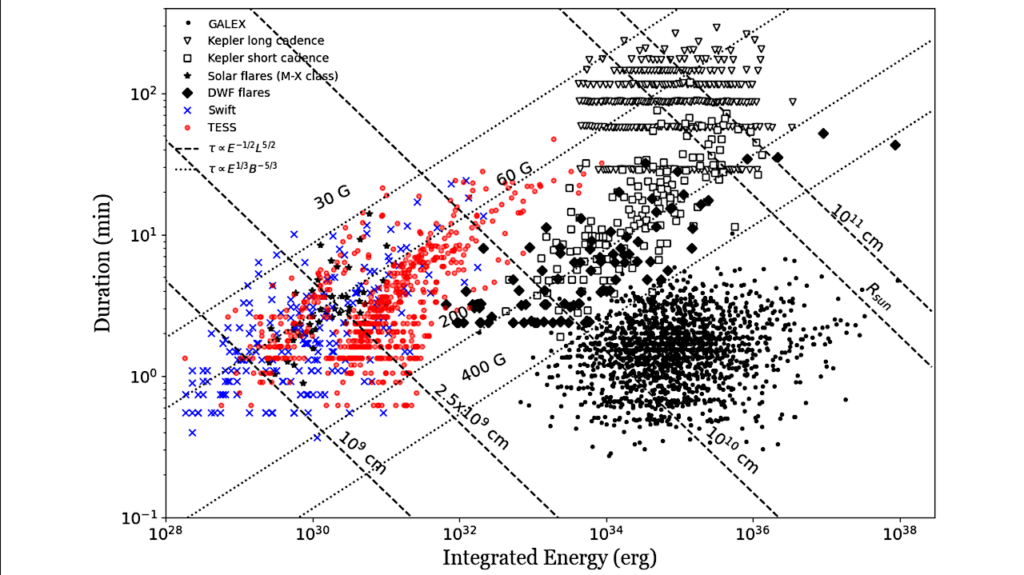A Multispecies Pseudoadiabat For Simulating Condensable-rich Exoplanet Atmospheres

Central stages in the evolution of rocky, potentially habitable planets may play out under atmospheric conditions with a large inventory of non-dilute condensable components. Variations in condensate retention and accompanying changes in local lapse rate may substantially affect planetary climate and surface conditions, but there is currently no general theory to effectively describe such atmospheres.
In this article, expanding on the work by Li et al. (2018), we generalize the single-component moist pseudoadiabat derivation in Pierrehumbert (2010) to allow for multiple condensing components of arbitrary diluteness and retained condensate fraction. The introduction of a freely tunable retained condensate fraction allows for a flexible, self-consistent treatment of atmospheres with non-dilute condensable components.
To test the pseudoadiabat’s capabilities for simulating a diverse range of climates, we apply the formula to planetary atmospheres with compositions, surface pressures, and temperatures representing important stages with condensable-rich atmospheres in the evolution of terrestrial planets: a magma ocean planet in a runaway greenhouse state; a post-impact, late veneer-analogue planet with a complex atmospheric composition; and an Archean Earth-like planet near the outer edge of the classical circumstellar habitable zone. We find that variations in the retention of multiple non-dilute condensable species can significantly affect the lapse rate and in turn outgoing radiation and the spectral signatures of planetary atmospheres. The presented formulation allows for a more comprehensive treatment of the climate evolution of rocky exoplanets and early Earth analogues.
R.J. Graham, Tim Lichtenberg, Ryan Boukrouche, Ray Pierrehumbert
Comments: Accepted for publication in Planetary Science Journal on 8/24/2021. For a video summary see this https URL
Subjects: Earth and Planetary Astrophysics (astro-ph.EP)
Cite as: arXiv:2108.12902 [astro-ph.EP] (or arXiv:2108.12902v1 [astro-ph.EP] for this version)
Submission history
From: R.J. Graham
[v1] Sun, 29 Aug 2021 20:02:52 UTC (2,291 KB)
https://arxiv.org/abs/2108.12902
Astrobiology, Astrochemistry








